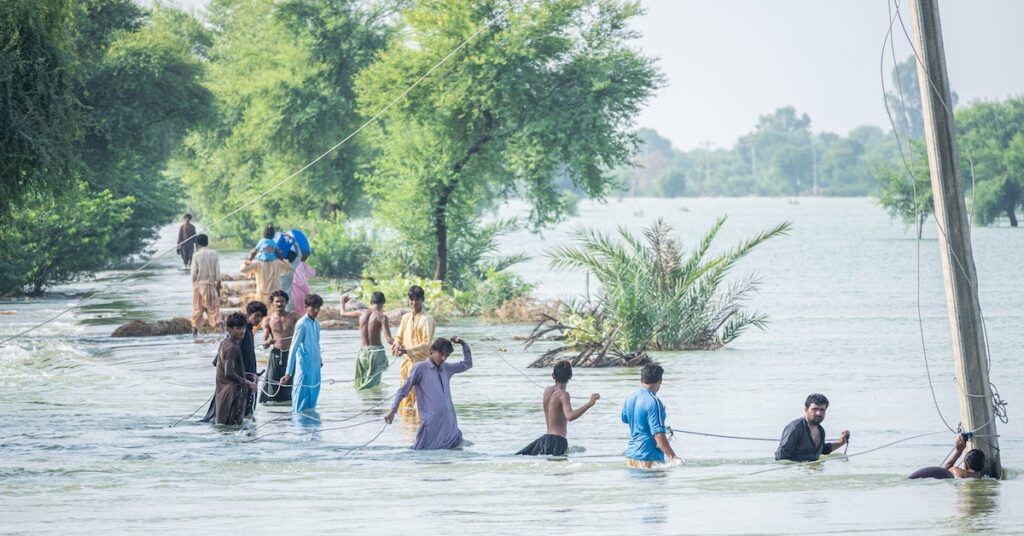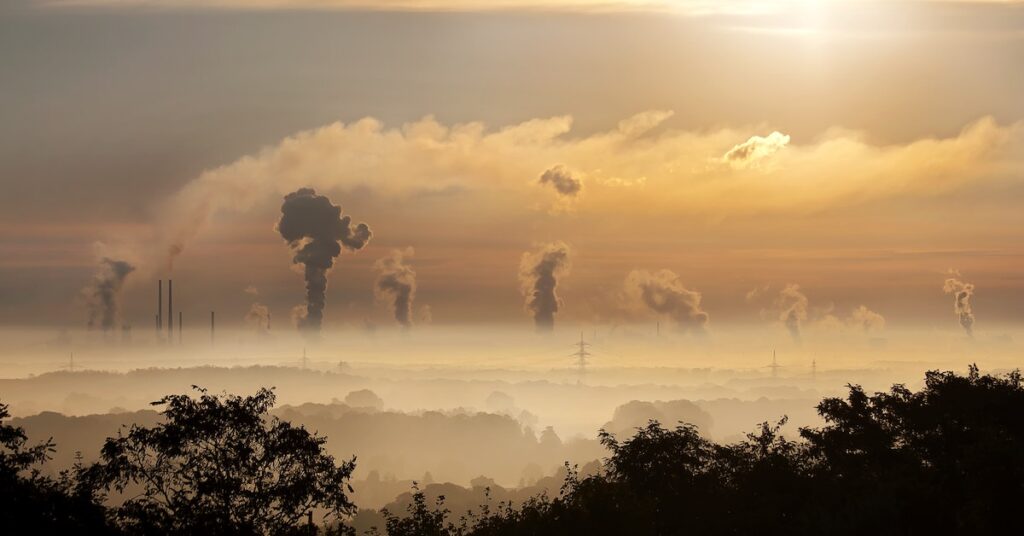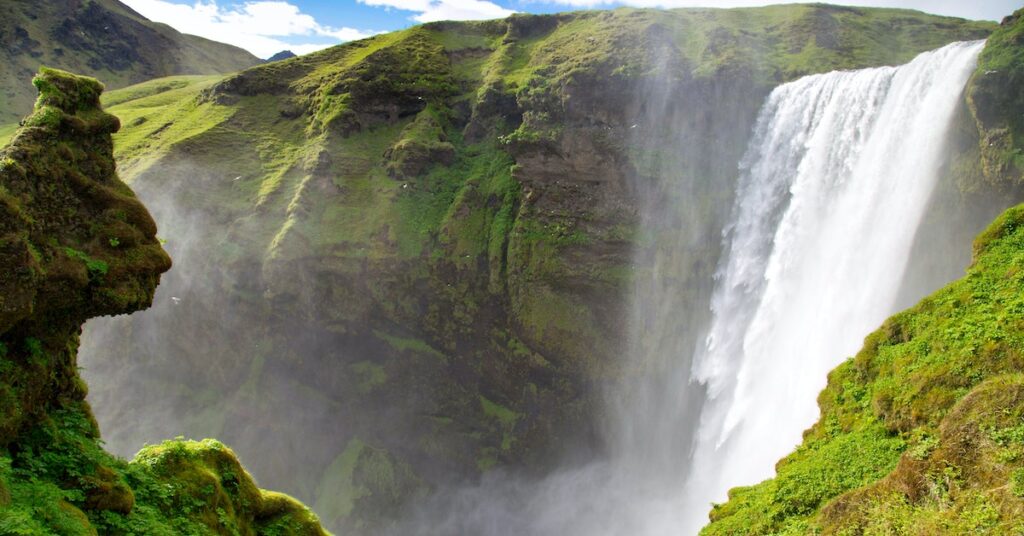Despite the fact that rising sea levels threaten Bangladesh’s economy, there is a way to mitigate this effect. It is called Climate Prosperity. This plan is being carried out by the government of Bangladesh in order to help the country develop in a more environmentally friendly way.
Global sea levels have risen by about 20 cms (8 inches) since 1900
During the last hundred years, the global mean sea level has risen by about 20 cms (8 inches). It’s not as impressive a figure as it sounds. However, in the last twenty years, the rate has increased.
One of the factors responsible for the sea level increase is the thermal expansion of ocean water. In addition, land based ice is melting due to global warming. Water is also being pumped out of groundwater aquifers.
Another factor is land subsidence. This is caused by land movements and the withdrawal of fossil fuels. The amount of sea level rise will differ from region to region due to local weather, land movement, and tides.
Another factor is the melting of the Greenland ice sheet. This has contributed to sea level rise since 1990. It’s likely that the amount of sea level rise will be higher in some parts of the United States than in others.
The Intergovernmental Panel on Climate Change (IPCC) has issued a report that says human activity has been responsible for at least half of climate change during the last half century. It also says that global mean sea level could rise 1.1 meters above pre-industrial values by 2100.
The blue line on the Earth map shows that sea level has risen by about 20 cms since 1900. It’s not as impressive a figure compared to the sea level changes of the past, but it’s still a very important fact.
However, the most important factor in sea level is not the sea level itself, but rather the land subsidence that has occurred. There are many other factors that have caused sea level to rise, but this is one of the most important.
Lower Ninth Ward is particularly vulnerable to sea level rise
Coastal floods are regarded as the most dangerous natural disasters. Sea level rise is expected to increase the frequency and magnitude of floods. It will also affect the population living along the coasts. These changes will have a significant impact on the coastal ecosystem as a whole.
The Coastal City Flood Vulnerability Index (CCFVI) provides insights into the future 2100 total flood risk on a coastal city scale. The CCFVI is a composite measure of three main aspects of a coastal city’s water drainage system. The indicator is also a measure of resilience.
A CCFVI has a large role to play in helping city planners and policymakers to better understand flood risks and develop more effective strategies to mitigate them. To achieve the desired results, a multidisciplinary team should be consulted to discuss the most important factors to consider. In addition, it should also be considered in conjunction with other decision-making tools such as expert judgment and participatory methods with the local community.
A CCFVI can also be used to identify trends in the development of an urban area. This is particularly important in the wake of hurricanes, where flooding is a constant threat to low-lying coastal communities. In addition, it can inform local governments about the need to re-engineer their flood protection and drainage systems.
There are more than nine coastal cities studied in this study. Each city was evaluated for the CCFVI and a number of other metrics pertaining to the same. Those selected are ranked in order of least to most vulnerable. The most vulnerable of these cities is Dhaka. The second most vulnerable is Calcutta. Those two cities will increase their respective vulnerabilities by a whopping 1.7, and 1.1, by 2100, respectively.
Mangroves are halophytes trees that grow in saline water
Besides being a source of salt, mangroves provide habitat for various species of wildlife. They are important sources of algae and fruit for coastal communities. They also help reduce wave energy. They are also spawning grounds for many ocean bound fish. They reduce flood risks for 15 million people each year. They also play an important role in conserving coastal areas.
Mangroves grow in intertidal areas of tropical coastlines. These areas have low-oxygen conditions. Their root systems are unique. The outermost layer of the mangrove root has three parts. Each part has different morphologies.
The outermost layer contains a porous membrane with pore sizes of hundreds of nanometers. These pores are irregularly distributed. They are used to filter out solutes. However, continuous water filtration can foul the membrane.
Another layer of the mangrove root consists of tens of nanometer-scale porous structures. These structures help the root to prevent Na+ ions from entering xylem vessels. They also block the passage of apoplastic bypass ions.
In addition to these specialized root systems, mangroves are also able to grow in freshwater. However, the mangrove’s ability to grow in freshwater is limited by competition from other plant species. This makes it difficult for the plant to grow in freshwater permanently.
The mangrove’s morphological structure has evolved to withstand harsh environmental conditions. These plants are able to survive in low oxygen conditions, and they have special leaves to filter out salt from the water. They also have stilt roots that penetrate the soil away from the main stem. The stilt roots are able to act as breathing roots.
The mangrove’s ability to filter salt out of sea water is important for the survival of the plant. In addition, the plants can help to desalinate high concentrations of saline water. In this way, they can help to restore saline soils.
Climate prosperity plan to mitigate economic effects of global warming on Bangladesh’s economy
During the 26th UN Climate Change Conference (COP26) in Glasgow, Scotland, Bangladesh is expected to present its “Climate Prosperity Plan” to the international community. The plan aims to reduce the impacts of global warming on the country’s economy. It also encourages other vulnerable countries to develop their own plans.
The plan will seek to reduce the economic impacts of global warming on Bangladesh by promoting renewable energy, investing in agriculture, and developing wind farms along the coast. It also envisions building more resilient agriculture and restoring mangrove forests to protect the country’s coast. In addition, it will empower banks to offer favorable terms to projects that use fossil fuel-free energy.
Bangladesh’s economy is expected to increase by a factor of two by 2030, but climate change could cause it to reverse that trend. According to the sixth assessment report of the Intergovernmental Panel on Climate Change, global warming of 1.5 degrees Celsius above pre-industrial levels would result in longer warm seasons and more intense heat events. The impacts would also affect food security in many regions. In addition, agriculture in Bangladesh and neighboring countries such as Pakistan could lose up to 50% of their crop yields by the end of the century.
Bangladesh is considered to be the most vulnerable to climate change. Its southern coastal area is particularly vulnerable to the ill effects of global climate. In addition, the country is at risk of flooding and displacement due to cyclones.
The country’s government has spent about two billion dollars annually on climate change adaptation measures. However, it is still unable to reduce its emissions with limited international support. Its emissions are estimated at 0.3 tons of carbon dioxide per person per year.
Growing produce on floating rafts as a response to rising sea levels
Floating farms are an important tool for farmers in Bangladesh, as they enable them to grow food year round. They also provide an additional source of physical and financial sustenance during floods. This means that they can continue to provide food for their families in an area where conventional farming is unprofitable.
The Bangladesh government is reviving this traditional form of farming as a means of reducing climate change vulnerability. Floating farms are also considered a community initiative because they allow people to grow food during a time when flooding is prevalent.
The United Nations Food and Agricultural Organization (UN FAO) considers these floating gardens to be globally important agricultural heritage systems. Floating rafts provide farmers with a secure platform for planting vegetable and fruit seedlings.
The Pirojpur district in southwestern Bangladesh is an example of a community that has depended on these floating gardens for generations. Farmers in the area have turned their agricultural land into a floating garden, planting fruit and vegetables on rafts made from water hyacinth stalks. This method of farming is called baira in Bangladesh.
Currently, 6,000 subsistence growers are already using these rafts to grow vegetables. According to agricultural experts, these rafts are adaptable to floods and can provide a more reliable method of growing crops.
The Bangladesh government recently included an expansion of floating agriculture in its climate change adaptation strategy. In addition, various NGOs have established floating agriculture projects in Bangladesh.
Researchers at the University of Ohio are also exploring the possibility of other countries turning to rafts in response to rising sea levels. They believe that it could be a crucial technique for local families to rely on in the future.








